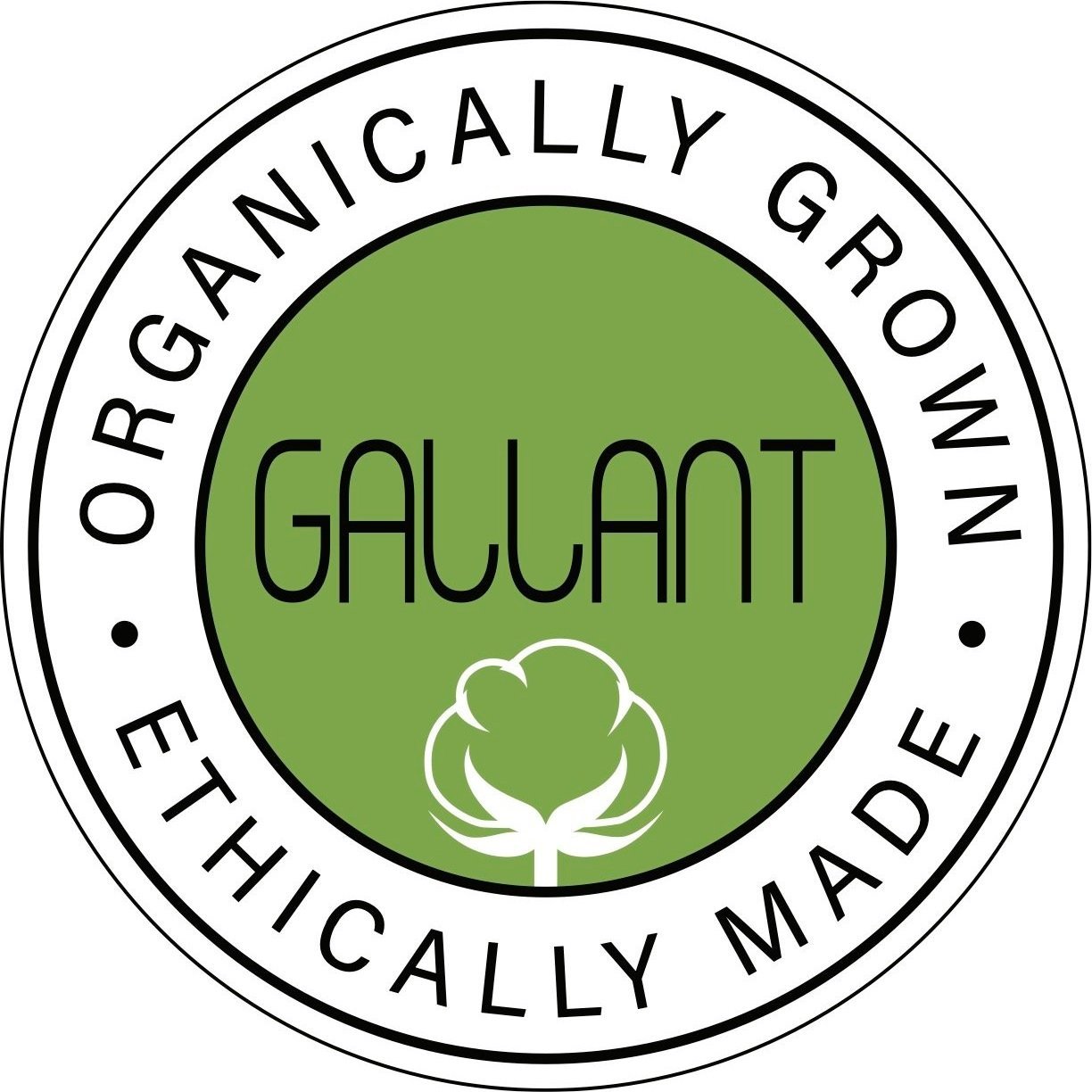Here's Why You Should Lower Your Meat Consumption
According to the World Economic Forum, a US citizen eats an average of around 97 kg of meat per year. This is around 213.848 lbs of meat!
The US is on top of the list when it comes to the amount of meat that is consumed.
We all know the benefits of meat and dairy; they provide nutritional value and help us keeping up with the balanced diet. However, it comes with health risks as well. Excess meat consumption, especially red and processed meat is linked to heart diseases, stroke, obesity, diabetes, certain deaths and even early death. Not only is meat related to health risks, but it is also related to climate change.
Credit: World Economic Forum
Let’s talk numbers. Together, the United States and China are responsible for more than 41% of the world Carbon dioxide (CO2) emission. The US alone is responsible for almost 15% of it. According to the Environmental Protection Agency (EPA), US produced 6,457 million metric tons of CO2 in 2017. The large portion of it was covered by transportation (29%) while agriculture covered 9% of it. The 9% (almost 582 million metric tons) was greenhouse gas emissions from livestock such as cows, agricultural soils and rice production. Livestock such as cattle, sheep, goats produce methane (CH4) as part of their digestive process but because these animals are raised by humans for food and other products the emissions are considered human-related. In the US, agriculture sector is the largest source of CH4 emissions. Major tropical forests, ones in the Americas, Africa, Southeast Asia, and Indonesia are also disappearing, “.. mostly to make way for human food production, including livestock and crops.”
The emissions of CO2, CH4, and nitrous oxide (NO2) result from agricultural practices. 8.1 metric tons of CO2 is emitted by an average US household each year from food consumption. 11% of this 8.1 metric tons is due to transportation (including the delivery of fertilizer and diesel fuel to the farm, the delivery of food to the cattle, and transportation of the harvest to a processing plant and of the food to the warehouse and store). It is no surprise that meat products have higher carbon footprints than grains or vegetables.
Credit: World Economic Forum
What would happen if you were to lower your meat consumption? The simple answer is that you would be lowering your carbon footprint. Producing 0.5 lbs (226g) of potatoes emits the same amount of emission as driving a small car 0.17 miles (0.2km) while 0.5 lbs of beef emit the same amount of emission as driving the same car 9.8 miles (12.7 km). Consumption of meat has been known to be “far too much” in western countries. Eating more plant-based food and less meat, “… can make people healthier and store up to 15% more of current CO2 emissions by 2050…”. If you were to not eat meat one day a week (let’s say Meatless Monday) then you could save greenhouse gas emissions equivalent to driving 1,160 miles. Moreover, “… replacing all beef consumption with chicken for one year leads to an annual carbon footprint reduction of 882 pounds CO2e”.
Today, more than a third of the world’s land surface and nearly 75% of freshwater resources are devoted to crop or livestock production. Agriculture itself has a heavy carbon footprint so we need to produce and consume responsibly. Moreover, we will be faced with a food crisis as the world’s population reaches 9.8 billion by 2050. With this high population, demand for food will increase by 60% and due to climate change, urbanization, and soil degradation availability of arable land will go down.
We need to examine and lower our carbon footprint whenever we can. We hope that you explore more on the consequences of meat consumptions, especially read meat and help spread the word. United Nations has set 17 Sustainable Development Goals (SDG) to achieve by 2030, #12 being Responsible Consumption and Production. You can discover the SDGs here.
To buy carbon-neutral private label cosmetic bags, please contact us at gallant@gallantintl.com
Check out our other blogs with guides to lower your carbon footprint:
The Lazy Guide to Saving the World
13 Easy Zero Waste Alternatives


